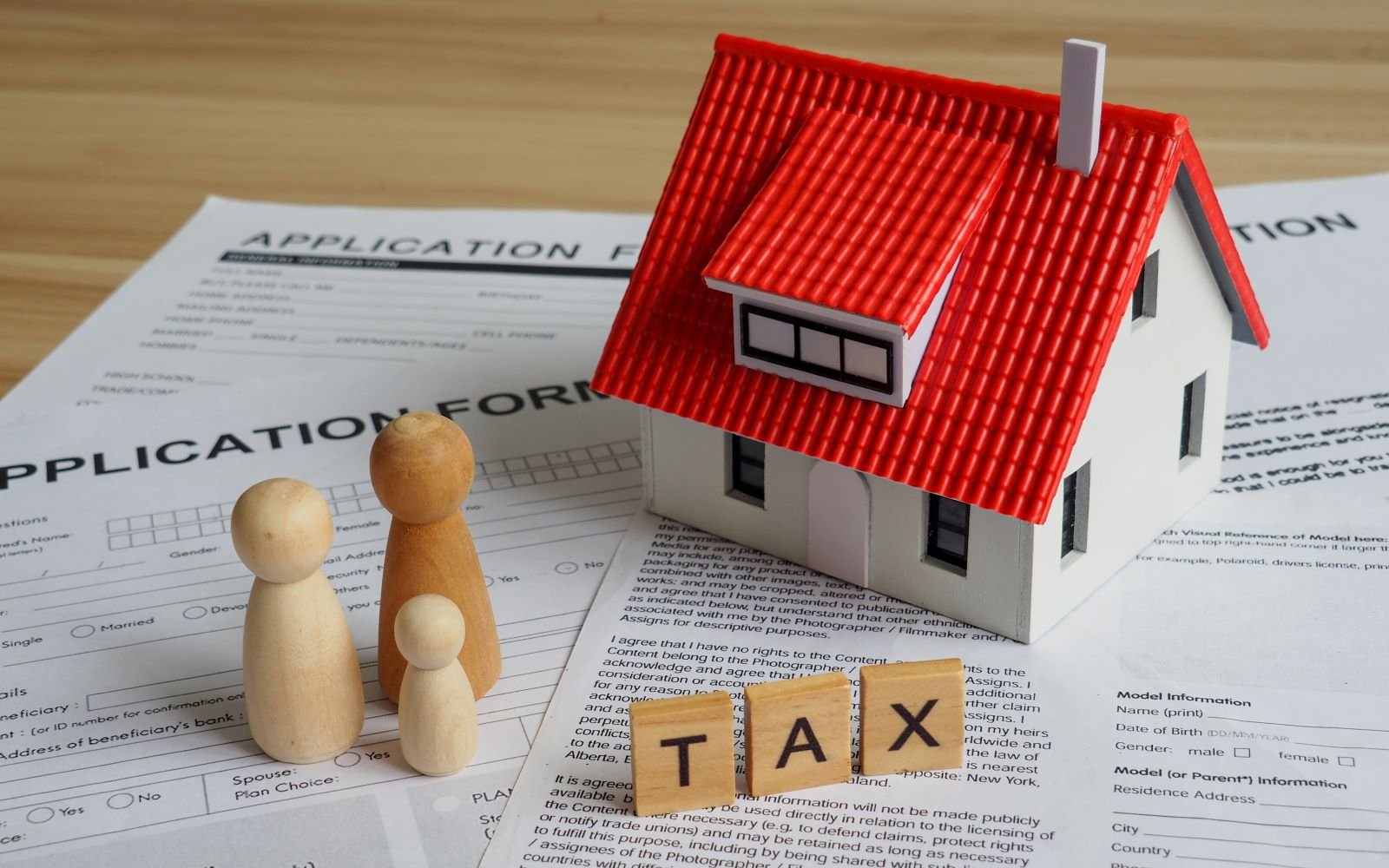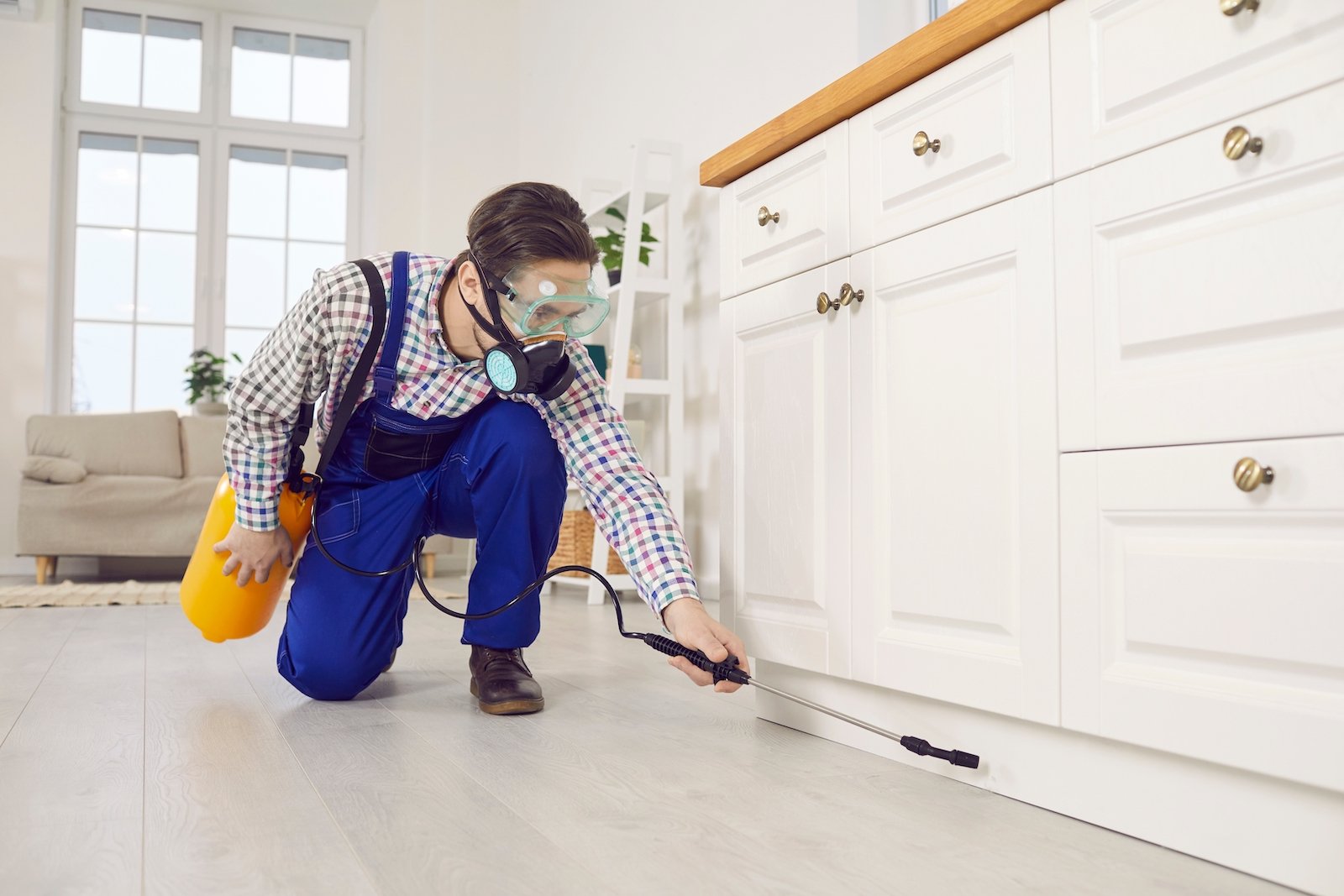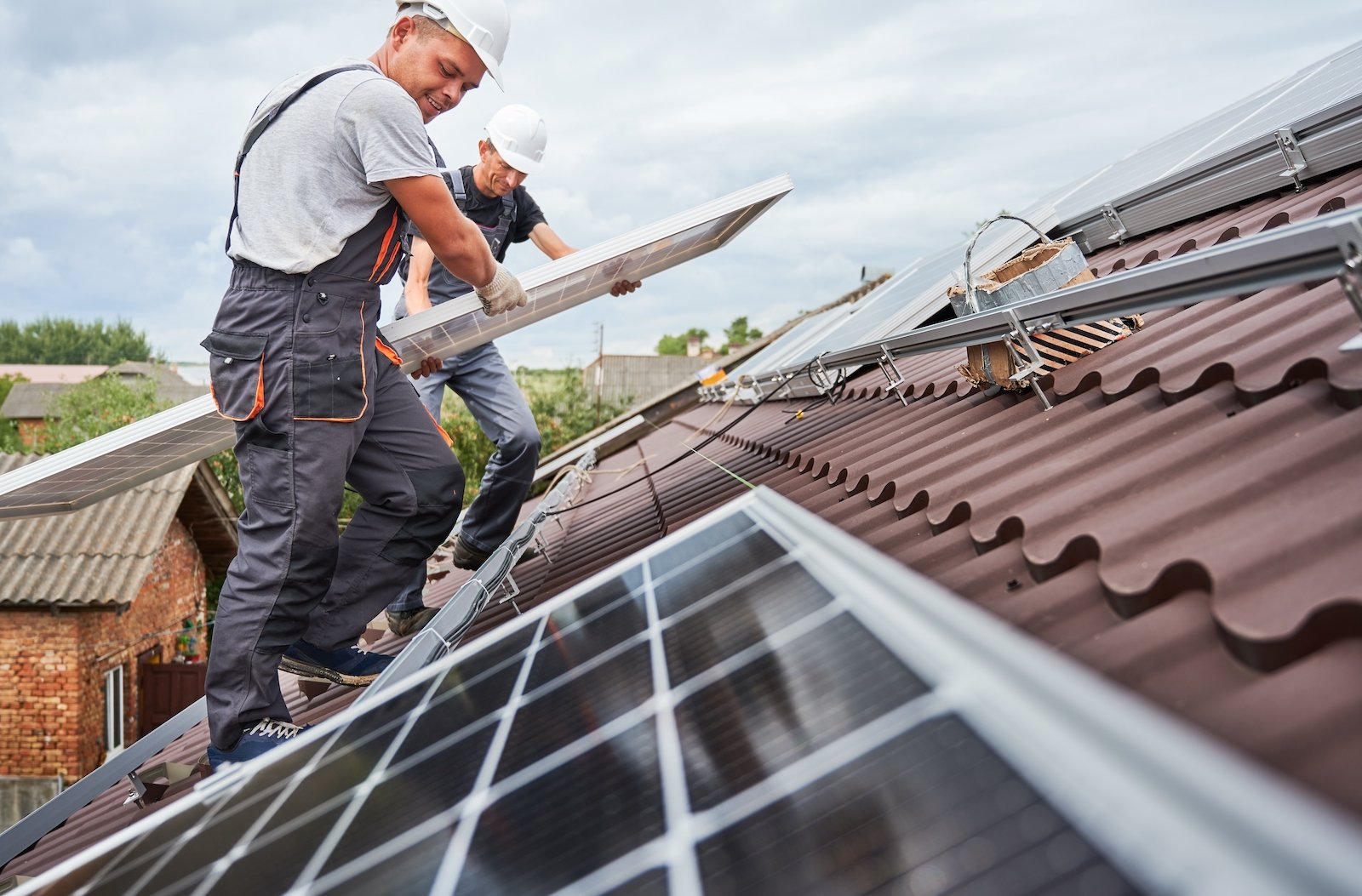Homeownership is often seen as a cornerstone of the American dream, but it comes with numerous hidden costs that can catch many new homeowners by surprise. Beyond the initial purchase price, several ongoing expenses can add up quickly.
From routine maintenance to unexpected repairs and utility bills to homeowners association fees, understanding these hidden costs is crucial for anyone planning to buy a home.
Property Taxes

Property taxes are annual fees that homeowners must pay, varying significantly based on the property’s location, size, and assessed value. An ad valorem property tax, calculated based on your home’s value, can easily amount to $500 to $1,000 or more per month. The national average rate is 1.1% of the home’s assessed value, but this rate varies significantly by state and locality.
For example, DC has an average rate of less than 0.59%, while New Jersey’s rate is about 2.2%. Local governments determine tax rates based on municipal, county, or school district needs, which may rise to fund projects or maintain services.
Home Insurance

Home insurance premiums can be influenced by various factors, such as the home’s location, your credit history, the size of the house, and the coverage level required. Additionally, a home’s age and condition can affect rates, with older homes or those needing significant repairs often costing more to insure.
Insurance rates can also differ significantly between cities, so it is crucial to account for these costs when calculating your home budget. According to Bankrate, the average cost for homeowners insurance is $2,230 per year for a policy with $300,000 in-home coverage.
Maintenance

Home maintenance is an ongoing and often unpredictable expense. The 1% rule, which suggests setting aside 1% of your home’s purchase price annually for maintenance, is a helpful guideline. However, actual costs can be higher, especially for older homes.
Regular maintenance, such as servicing HVAC systems, cleaning gutters, and inspecting roofs, can prevent more costly repairs in the future. Investing in maintenance is crucial for the longevity and safety of your home, ensuring small issues don’t escalate into major problems.
Utility costs

Utility costs can be surprisingly high, especially if you move from a smaller space to a larger home. Heating and cooling a bigger house requires more energy, and water usage can increase with additional bathrooms and landscaped yards.
Researching average utility costs in your area and investing in energy-efficient appliances can help manage these expenses. Simple measures like installing programmable thermostats and using LED lighting can also reduce utility bills.
Homeowners Association Fees

If you purchase a home in a community with a homeowners’ association (HOA) or a condominium association, you must pay monthly or quarterly fees. These fees typically cover communal services, such as trash collection and snow removal, as well as amenities like community pools, gyms, and landscaping.
It is important to note that HOA fees can increase over time. Additionally, the association might levy special assessments to fund specific projects, such as repaving parking lots, installing new security systems, or renovating common areas and buildings.
Pest Control

Pest control is crucial, especially in areas prone to infestations. Regular treatments for termites, ants, and rodents can be expensive but are necessary to protect your home. In warmer climates where pests are more prevalent, an annual contract might be more cost-effective than one-time treatments.
Preventative measures, like sealing cracks and keeping a clean home, can also help reduce the need for professional pest control services.
Landscaping

Landscaping costs can accumulate quickly, particularly if you have a large yard or garden. Professional landscaping services can ensure your property remains well-maintained, enhancing curb appeal and property value.
To save money, consider low-maintenance or drought-resistant plants and try to handle some of the work yourself. Regularly maintaining your yard can prevent more expensive landscaping projects in the future.
Moving Costs

Moving to a new home involves various costs and fees that can add up quickly. Key expenses include hiring professional movers; the average cost for local moves is $2,200 or $4,400 for long-distance moves. Packing supplies, transportation fees, and storage units also contribute to the overall cost.
Additional expenses include moving insurance, utility setup fees, professional cleaning services, temporary accommodation, and pet relocation. Hidden fees for moving large items or navigating stairs can further increase costs.
Furnishing and Appliances

Furnishing a new home can be exciting but costly. You might need additional furniture, curtains, appliances, and décor. Prioritize essential purchases and consider acquiring other items gradually. Look for sales and consider secondhand items to furnish your home without breaking the bank.
Planning and budgeting for these expenses can help you create a comfortable living space over time. According to Home Guide, furnishing a two-bedroom house with mid-range furniture typically costs between $7,000 and $25,000. For a 4-bedroom house, the expense usually falls between $15,000 and $60,000.
Home Improvement

Home improvement projects, whether necessary repairs or desired upgrades, can significantly impact your finances.
Plan for both expected and unexpected renovations. Obtain multiple quotes for any work to ensure fair pricing, and consider tackling minor projects yourself to save money. Regularly updating and improving your home can increase its value and functionality.
Emergency Preparedness

Being prepared for emergencies is crucial, especially in areas prone to severe weather. Investments in emergency preparedness, such as generators, storm windows, and emergency kits, can be costly but are essential for protecting your property and family.
Factoring these costs into your budget is particularly important if you live in high-risk areas. Regularly reviewing and updating your emergency plans can provide peace of mind.
Closing Costs

Closing costs, often overlooked by many buyers, can be substantial. These include appraisal fees, attorney fees, and escrow fees, among others. Understanding these costs upfront can help you budget more accurately and avoid surprises at closing. It’s important to review your closing disclosure carefully and ask questions about any fees you don’t understand.
Being prepared for closing costs ensures a smoother home-buying process. The average closing costs for a home buyer range from 2% to 6% of the loan amount. For a $200,000 home loan, this translates to approximately $4,000 to $12,000 in closing costs on top of the down payment.


